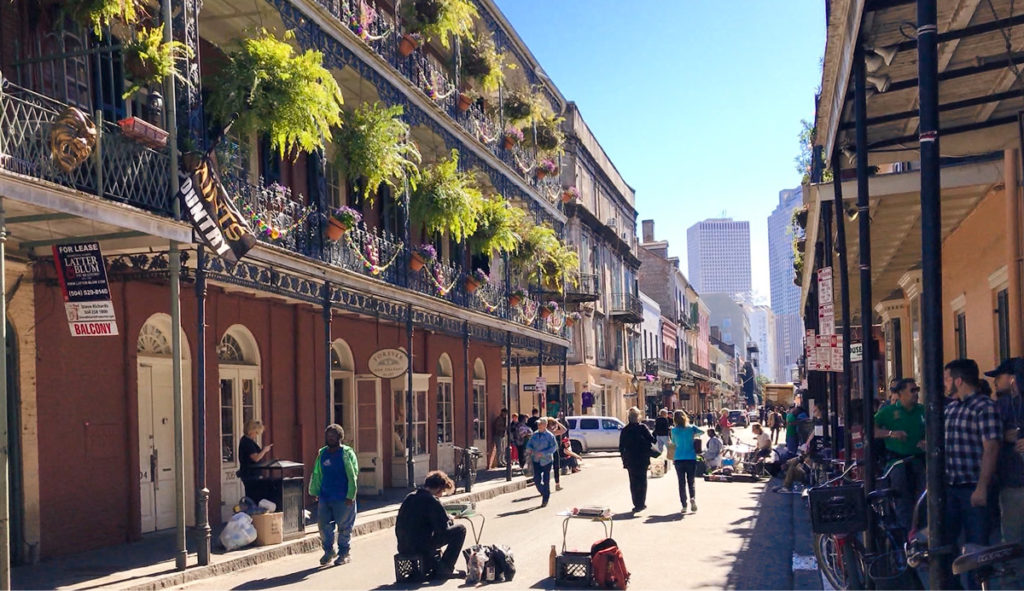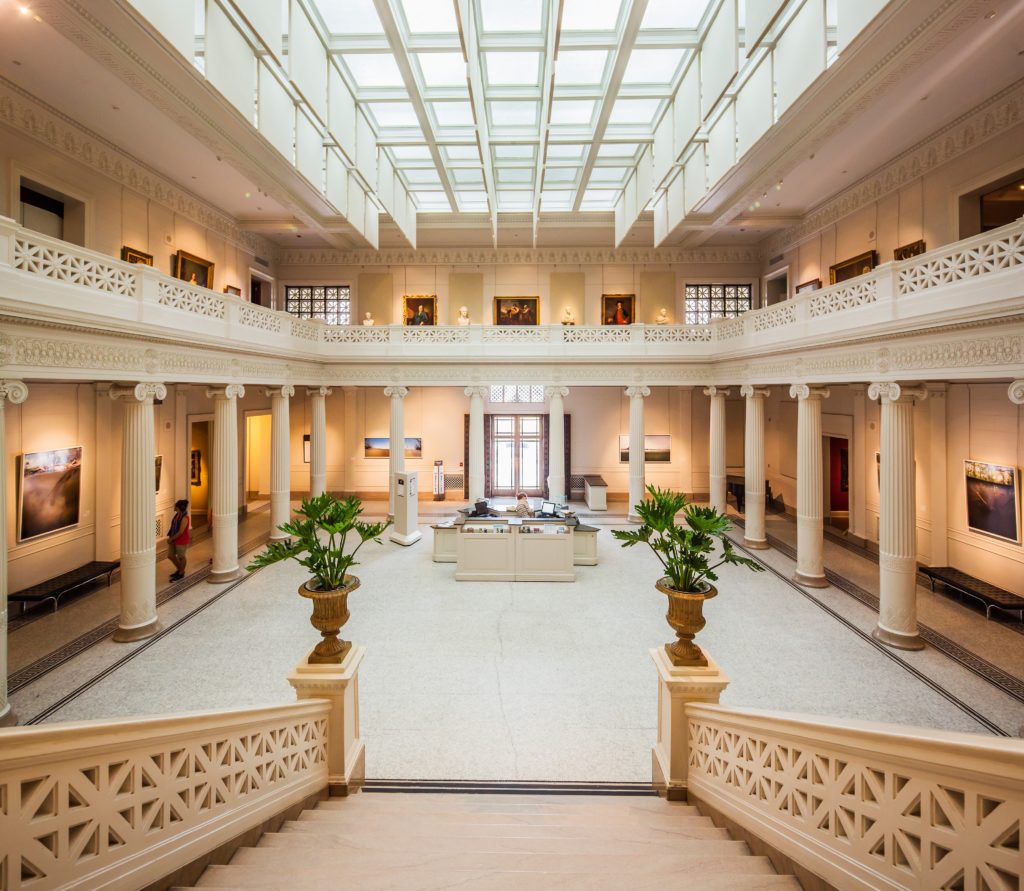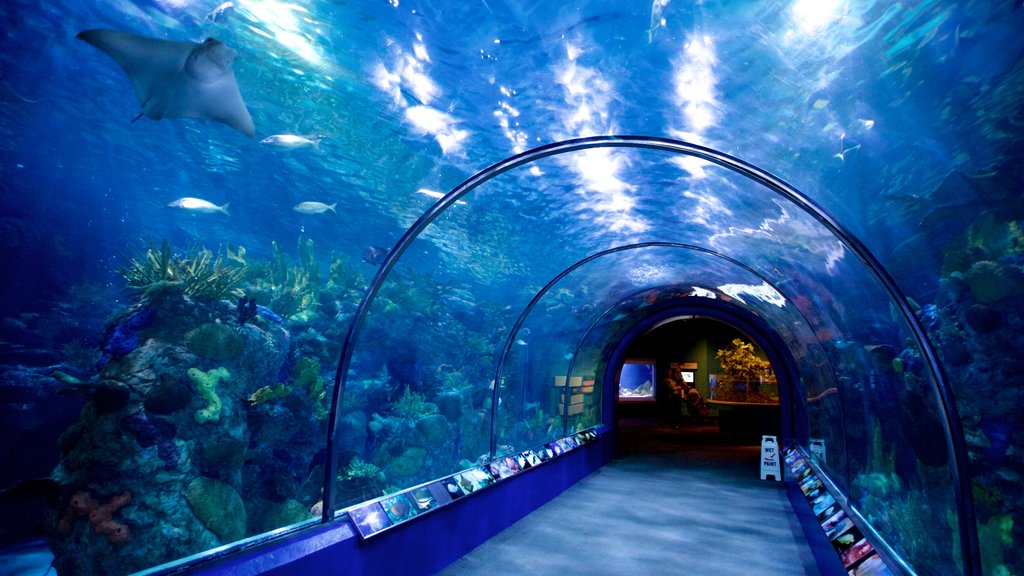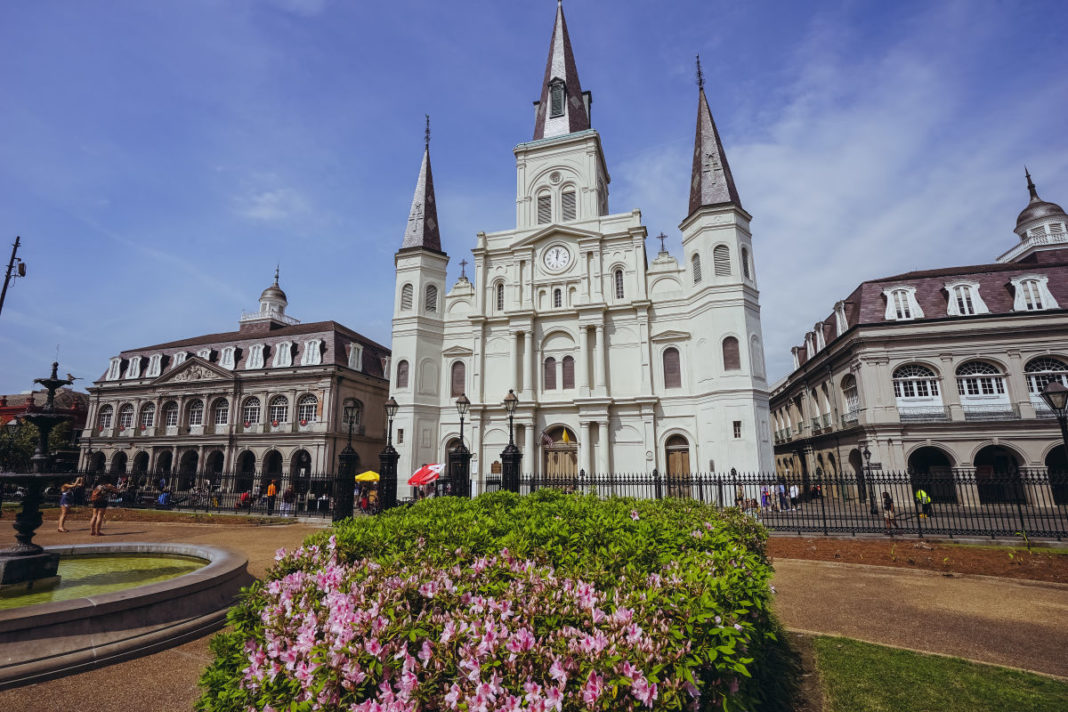New Orleans is one of the most unique cities in America, with an ambiance you won’t find anywhere else. Known worldwide for jazz music, Cajun cuisine and the outrageous Mardi Gras celebrations, the city is a melting pot of cultures with diversity reflected in everything from music and food to language and language. ‘architecture.
Most of the action for tourists is concentrated around the French Quarter, with the famous Bourbon Street at the heart of the district. Along the Mississippi, which borders the French Quarter to the south, there are horse-drawn carriages waiting to go around, the Steamboat Natchez moored along the shore and tourists lined up to buy donuts. Beyond the French Quarter, the city has many picturesque neighborhoods to explore, from the trendy warehouse district to the chic garden district.
New Orleans is a large pedestrian city, with many attractions located in or near the French Quarter, but to explore the Garden District, you may want to get on a historic streetcar. Buses are also a great way to get around, especially for visiting more distant attractions like the zoo.
1. French quarter

The French Quarter of New Orleans is what most tourists come to see when they visit the city. Located along a bend in Mississippi, the main attraction here is the architecture, but it’s also a great place to eat and have fun. The old buildings, some of which date back 300 years, show French influences, with arcades, wrought iron balconies, red tiled roofs and picturesque courtyards. Many of these buildings now contain hotels, restaurants, souvenir shops, galleries and a profusion of jazz spots with entertainment of varying quality.
The most famous street in the French Quarter is Bourbon Street, but it is not necessarily the highlight of the district.
2. Mardi Gras

Mardi Gras is New Orleans’ flagship event, with celebrations spanning two weeks and ending with the Fat Tuesday finale on the eve of Ash Wednesday. The celebrations include almost daily parades and all kinds of entertainment and festivities that increase in intensity as the event draws to a close.
3. National Museum of the Second World War
The National WWII Museum is an exceptional museum with attractive exhibits and excerpts from documentaries that tell the story of World War II as it was fought in Europe and the Pacific. The museum is divided into three sections, a section devoted to the war in the Pacific, another devoted to the war in Europe and a third building which houses World War II planes.
4. Jackson Square
Jackson Square is the main square in the heart of the French Quarter, originally known as Place d’Armes. In the center of the square, surrounded by trees and greenery, is an equestrian statue (1856) of General Andrew Jackson. Saint-Louis cathedral, with its white facade and cone-shaped spiers, is prominently displayed at one end of the square. Near the cathedral are also the presbyteries and cabildos, both Louisiana State museums. The area in front of the cathedral, along the iron fence surrounding the square, has long been a meeting place for artists, and nearby are shops and restaurants, making it a popular place for tourists.
5. Conservation room
Preservation Hall is an unpretentious old building that has long been an institution in New Orleans known for jazz music. The historic hall still features traditional jazz from local artists. The building is small, creating an intimate setting, and seating is limited. Opening hours and events are posted on the door every day, so if you spend the afternoon, you can see what’s going on in the evening.
6. St. Louis Cathedral

On the north side of Jackson Square is St Louis Cathedral, an iconic structure in New Orleans. It was built in 1794 on the site of two earlier churches and is known to be the oldest cathedral in the United States in continuous use. Pope John Paul II visited the cathedral in 1987.
The church was built with the contribution of Don Andres Almonester de Roxas, a Frenchman who spent his fortune to rebuild New Orleans after the second great fire.
7. City park
The New Orleans City Park covers more than 1,300 acres and contains numerous attractions, including the New Orleans Botanical Garden and the New Orleans Museum of Art and Sculpture. Of particular interest to children and families are Carousel Gardens Amusement Park, Storyland and the recently added City Splash water park, which is still a work in progress. There are also tennis courts and an 18-hole golf course, as well as beautiful walking areas. The park claims to have one of the largest mature oak trees in the world, almost 800 years old.
8. Louisiana State Museum at the Cabildo

The Cabildo, to the left of the Cathedral of San Luis, was built in 1795 as the residence of the Spanish governor. It stands out both as a historical building and for the museum and its outstanding collection. The first city council met here in 1799, and the Louisiana Purchase was agreed here in 1803. It was once the Louisiana Supreme Court, but today the Cabildo houses the Louisiana State Museum and is listed on the National Register of historical places. The museum’s collections focus primarily on the history of New Orleans and Louisiana, particularly the people of Louisiana and the many ethnic groups that make up the current population.
Also See : 10 Best Places to Visit in Chile
9. Garden District
The Garden District is a thriving residential area with beautiful mansions, mature trees, and lush gardens, and in some ways is the stereotypical image that many foreigners have of the deep south. The area can be easily explored on foot and some companies offer guided tours, which can be a good way to learn history and see the sights. First Street, Camp Street and Prytania Street are some good places to see large and elegant 19th century houses with extensive grounds. Some famous celebrities have homes in this area.
10. Steamboat Natchez
A Steamboat Natchez Steamboat cruise is a wonderful way to experience the Mississippi River and a unique way to see and learn about the city. Harbor cruises last approximately two hours and offer on-site narration, with an optional Creole cuisine lunch. The dinner cruise features a live jazz band, buffet dinner, and, of course, wonderful views of New Orleans.
Special event cruises are also available seasonally, with special cruises offered for occasions like Easter, Valentine’s, Mother’s Day, Christmas, and other holidays.
11. World of carnival
New Orleans is world famous for its elaborate Mardi Gras celebrations, which attract people from all over the world who come to enjoy the festivities that consume the city during this time period. To get an idea of what’s behind the scenes at this grand event, visitors can take a world tour of Mardi Gras to see the studios in operation.
12. New Orleans Museum of Art

In the southern part of City Park is the New Orleans Museum of Art, one of the best of its kind in the south. The museum features an excellent collection of French and American art, as well as African and Japanese pieces. Also, check the museum calendar for temporary exhibitions and a variety of topics. On site and another highlight of the institution is the Sydney and Walda Besthoff Outdoor Sculpture Garden, with more than 60 sculptures, as well as walking trails, ponds, and mature oak trees.
13. Audubon Aquarium of the Americas
Along the waterfront in downtown New Orleans, within walking distance of the French Quarter, the aquarium focuses on species found in North, Central and South America. From the north, visitors can discover creatures hidden beneath the surface of the surrounding waters nearby, with exhibits that showcase freshwater fish from the Mississippi and marine life from the Gulf of Mexico. This includes everything from sharks and stingrays to sea turtles.
14. Audubon Zoo

The Audubon Zoo is a fun escape from the bustling city, with lush gardens and a good selection of domestic and exotic animals. Located in the posh New Orleans neighborhood, the zoo is a fair distance from the French Quarter, but provides a good excuse for seeing this part of the city. Some of the zoo’s most popular residents are giraffes, jaguars, leopards, orangutans, elephants, rhinos, lemurs and alligators (including the rare white alligator) to name a few – some. During the summer months, the zoo offers a chance to cool off in the water park, known as the Cool Zoo.
15. Jean Lafitte National Historic Park and Reserve
The Jean Lafitte National Historical Park and Reserve consists of six physically distinct sites in southeastern Louisiana. Two of these sites are in the New Orleans area and are well worth a visit. The Barataria Reserve offers a chance to see some of Louisiana’s natural treasures. The reserve consists of natural levee forests, bayous, swamps and marshes. The archaeological sites contain vestiges of the ancient cultures of Troyville, Marksville and Tchefuncte. For a more historic experience, the Chalmette battlefield retains the site of the Battle of New Orleans on January 8, 1815, which was a decisive American victory over the British at the end of the War of 1812.














